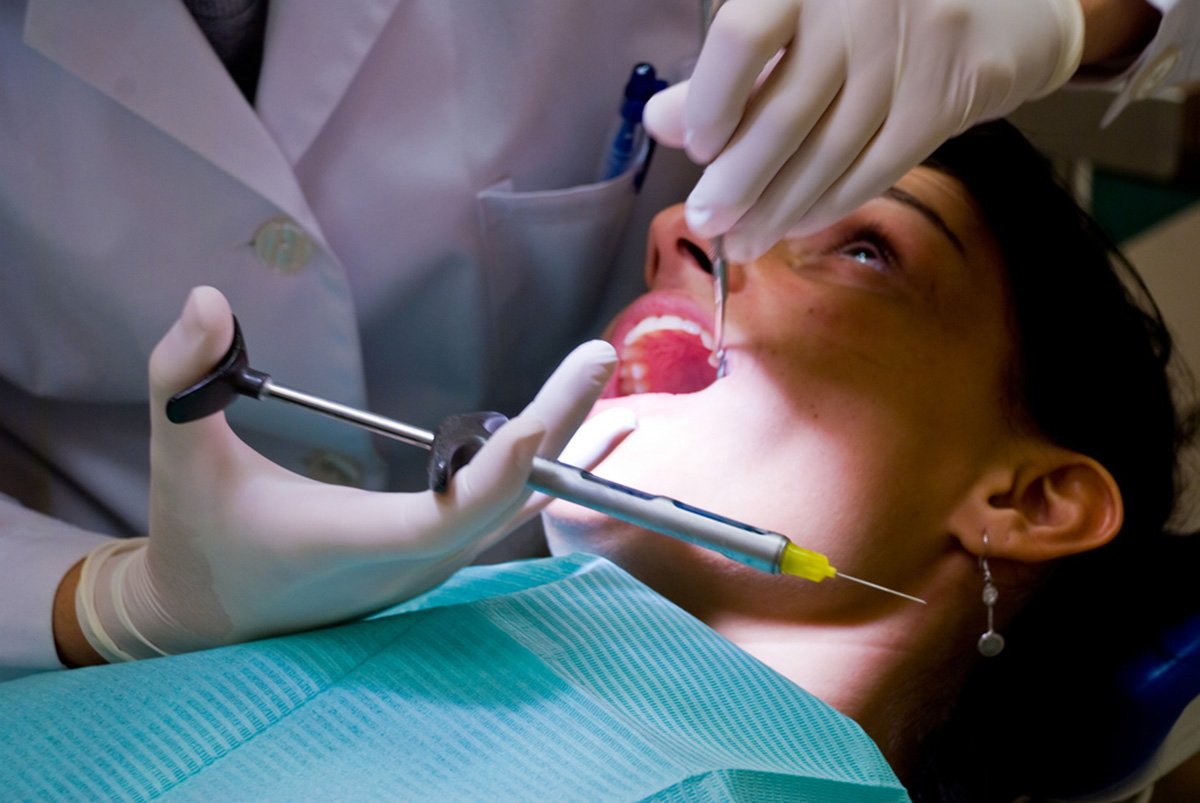Table of Contents
Bad Oral Hygiene
All of the dental diseases have their origins in the accumulation of plaque in the mouth. This plaque, which forms in each and every mouth, is not disease causing if it is cleaned regularly (through good oral hygiene). If it is allowed to accumulate, however, then it changes its microbial character to incorporate more and more disease-causing micro-organisms.
Gum disease, which occurs as a result of this plaque accumulation, manifests as either deepening of gingival pockets or through the occurrence of recession. Thus, following simple oral hygiene tips as a matter of habit will help prevent all of these problems.

Habits
Smoking has been found to have the closest association with the occurrence of gingival recession as compared to any other external factor. It is something that can be modified by the patient themselves with the doctor only having an advisory role.
Mouth breathing is also a known causative factor of gingival recession although the reasons for this are debated and not yet clear.
How Is Gingival Recession Treated?
The treatment for gingival recession involves gum surgery. There are different kinds of surgeries that are done for the treatment of gingival recession some of which involve the harvesting of a soft tissue graft from other areas in the oral cavity.
The most effective surgical technique is one where a connective tissue graft is harvested from the palate and then used to cover the area of recession. The graft is covered by pulling down the gums around the area of recession and then allowed to heal.
If the graft is accepted by the body and manages to establish a healthy amount of blood flow to the area (something that happens in close to 2/3rds of the cases) then there is a good chance that recession will be covered completely or partially.
Not all cases of gingival recession can be treated with surgery, however. Patients who are suffering from advanced gingival recession are not advised to undergo surgery and are only treated for any symptoms that they might be having as a result of this gingival recession.
These patients may have to undergo composite fillings to try and protect the exposed root surfaces. If, however, the sensitivity continues even after fillings have been done then root canal treatment is indicated.
For people who have aesthetic corrections to be made, a combination of surgical treatment and veneers with pink colored porcelain to blend with the gingiva is indicated.
Conclusion
In cases of gingival recession, prevention is much better than cure. The steps that are needed to be taken to prevent recession from occurring at all are pretty basic, however, the treatment to correct recession once it has set in is quite complicated. It is important to know, however, what can go wrong before one can prevent it from doing so. For people who have already suffered from recession, talk to your dentist and explore the different kinds of treatment options available. A suitable treatment option is not difficult to find.
- http://www.webmd.com/oral-health/guide/receding_gums_causes-treatments, https://en.wikipedia.org/wiki/Gingival_recessionhttp://, www.colgate.com/en/us/oc/oral-health/conditions/gum-disease/article/ada-10-gum-recession
- Photo courtesy of oliverdodd: www.flickr.com/photos/oliverdodd/2458294928/
- Photo courtesy of conchur: www.flickr.com/photos/conchur/1573132880/
- Photo courtesy of oliverdodd: www.flickr.com/photos/oliverdodd/2458294928/


Your thoughts on this